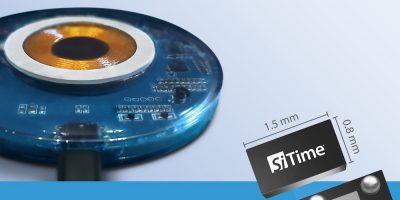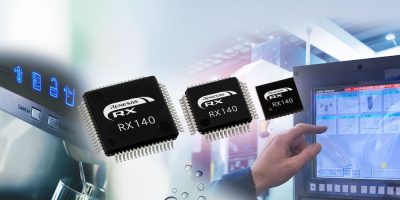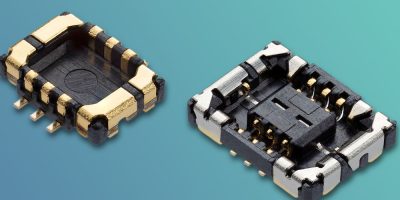Three companies have collaborated to bring 3D spatial audio hardware and software together in a reference design for consumer electronics OEMs and ODMs.
Wireless connectivity and smart sensing specialist, Ceva, has partnered with wireless communications company, Beken and 3D spatial audio expert, VisiSonics to offer a 3D audio reference design to accelerate development and deployment of headsets and true wireless stereo (TWS) earbuds for use in gaming, multimedia and conferencing.
The reference design leverages Beken’s BK3288X Bluetooth Audio SoC series featuring the Ceva-X2 Audio DSP running VisiSonics’ RealSpace 3D audio software, together with Ceva’s MotionEngine Hear head tracking algorithms. OEMs and ODMs can use the ready-to-deploy SoC with any audio encoding format, to introduce 3D audio for VR, AR and the new generation of motion-aware earbuds. The single chip-based reference design provides a self-sufficient 3D audio solution, residing on the headset side, without the need for a 3D audio rendering engine on the host device. As well as being cost-efficient, this also enables a lower latency design, says Ceva.
Weifeng Wang, vice president of engineering at Beken, comments: “Spatial audio brings the wireless audio user experience to the next level and we’re pleased to partner with Ceva and VisiSonics to make it easy for our customers to leverage this exciting new technology in a cost-effective, power-efficient turnkey offering”.
“Spatial audio is an incredibly hot market right now as the Android and PC ecosystems look to build on the industry momentum behind its use in music and gaming to create immersive audio experiences,” adds Moshe Sheier, vice president of marketing at Ceva.
The 3D Audio Reference Design is available now directly from Ceva, and the associated software package combining VisiSonics’ RealSpace 3D audio with Ceva’s MotionEngine Hear is available now for licensing by Ceva and VisiSonics.
Ceva licenses wireless connectivity and smart sensing technologies. It provides DSPs, AI engines, wireless platforms, cryptography cores and complementary software for sensor fusion, image enhancement, computer vision, voice input and artificial intelligence.
DSP-based solutions include platforms for 5G baseband processing in mobile, IoT and infrastructure, advanced imaging and computer vision for any camera-enabled device, audio / voice / speech and low-power always-on / sensing applications for multiple IoT markets.







